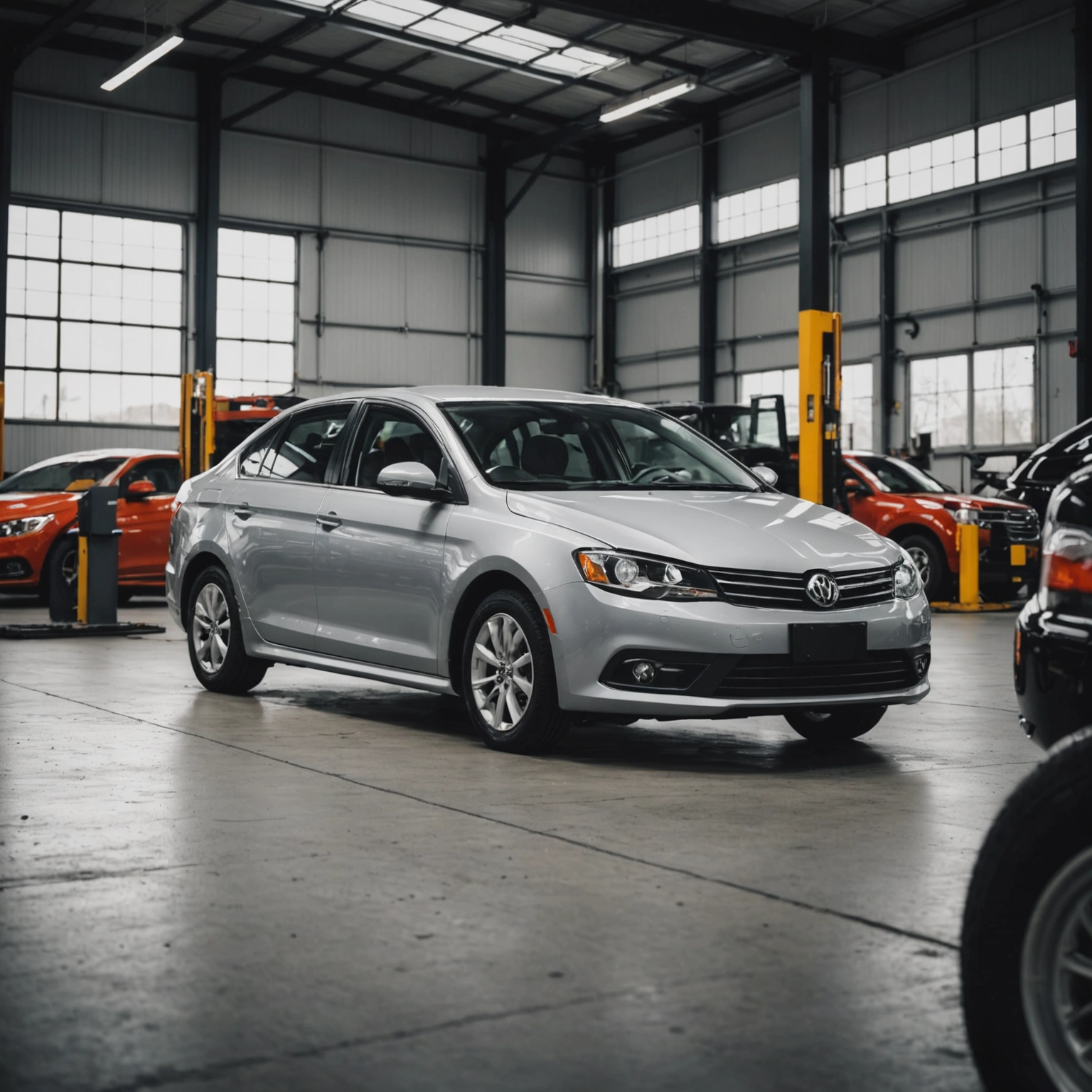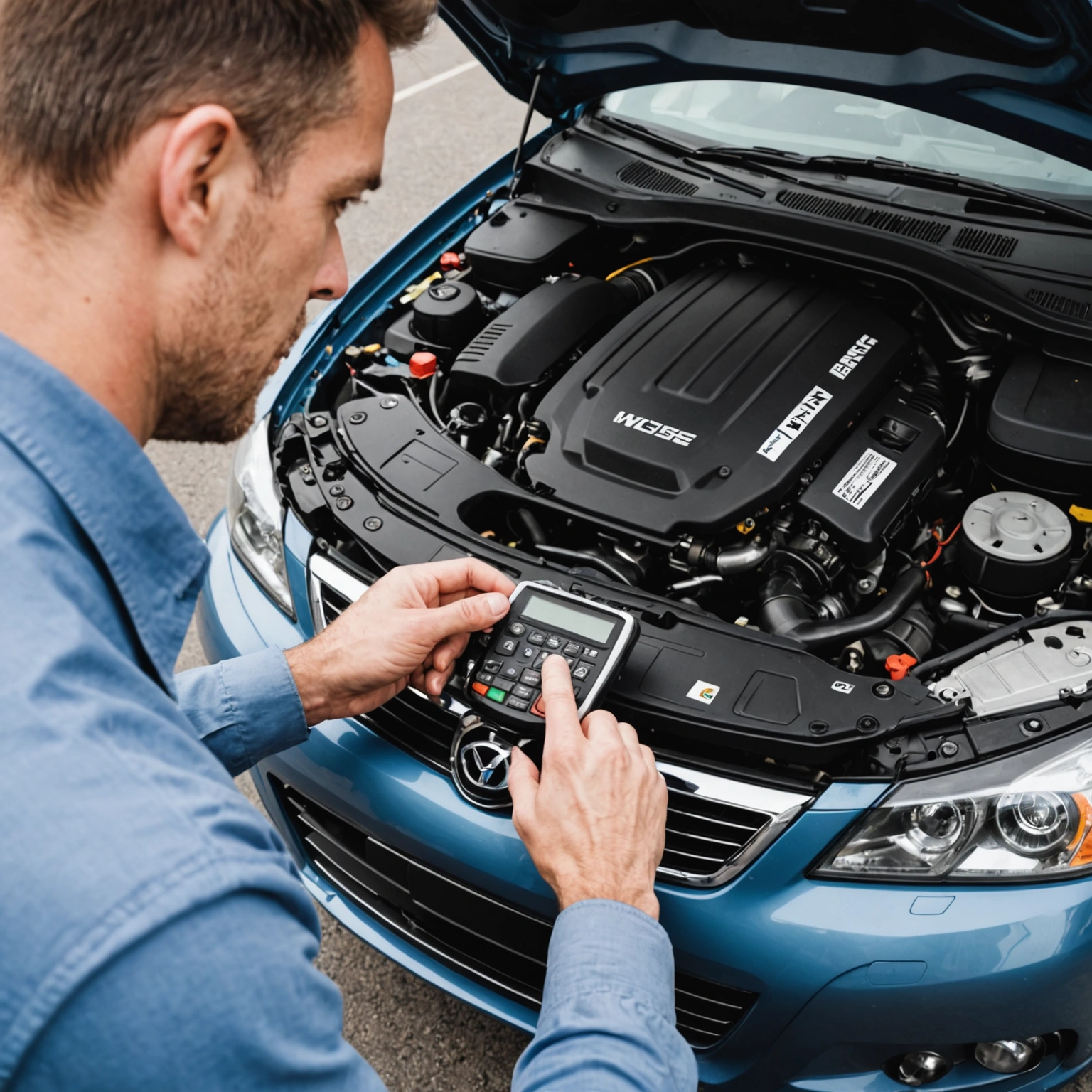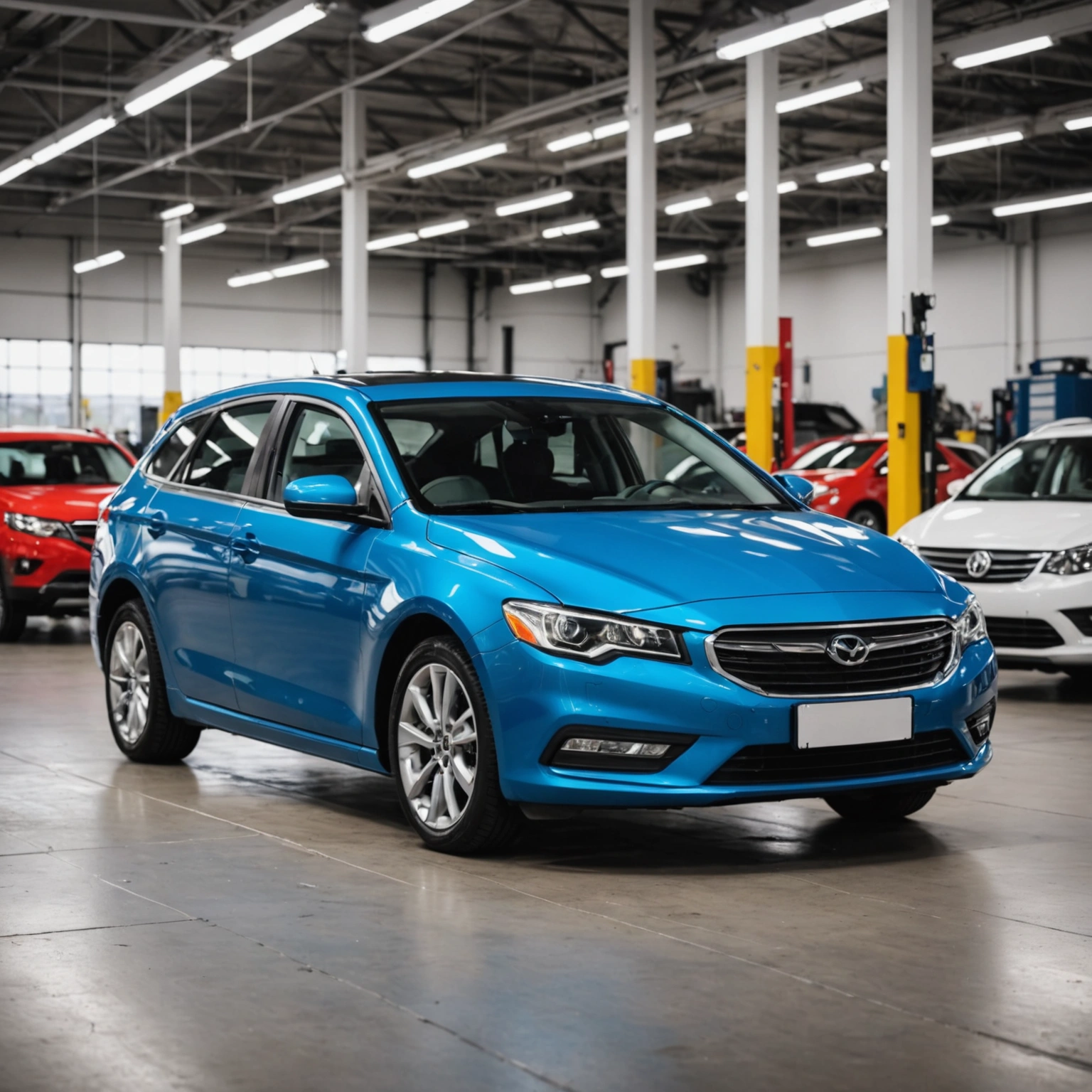**What Does My Car Warranty Cover? A Comprehensive Guide**
Owning a vehicle is a significant investment, and understanding your car warranty is essential to protect that investment. Whether you’re a new car owner or have had your vehicle for years, knowing what your warranty covers can save you time, money, and stress down the road. Here’s a detailed overview of typical car warranty coverage to help you navigate your rights and responsibilities.

### Types of Car Warranties
1. **New Car Limited Warranty**

– Usually provided by the manufacturer.
– Covers repairs related to defects in materials or workmanship.

– Typically lasts for a specified period (e.g., 3 years or 36,000 miles).
2. **Powertrain Warranty**

– Focuses on the engine, transmission, and drivetrain components.
– Generally longer than the basic warranty (e.g., 5 years or 60,000 miles).
3. **Corrosion or Rust Warranty**
– Covers rust-through issues due to manufacturer defects.
– Duration varies; often around 5-7 years.
4. **Emissions Warranty**
– Ensures your vehicle meets environmental standards.
– Usually lasts for 2 years or 24,000 miles, but some components may be covered longer.
5. **Extended Warranties**
– Purchased separately to extend coverage beyond the original warranty.
– Coverage varies based on the plan purchased.
### What Does Your Car Warranty Typically Cover?
**1. Mechanical and Electrical Defects**
– Repairs or replacements of defective parts caused by manufacturing issues.
– Includes engine components, transmission, and electrical systems.
**2. Genuine Parts and Repairs**
– Repairs performed using manufacturer-approved parts.
– Ensures compatibility and quality.
**3. Certain Components and Systems**
– Basic warranties generally cover essential systems: brakes, steering, suspension, air conditioning, and more.
– Powertrain warranties focus specifically on engine, transmission, and drivetrain parts.
**4. Roadside Assistance and Rental Car Reimbursement**
– Some warranties include services like towing, lockout assistance, and replacement vehicle rentals during repairs.
### What Is Usually Not Covered?
– **Wear and Tear Items:** Tires, brake pads, wiper blades, batteries, and other parts that naturally deteriorate over time.
– **Accident Damage:** Repairs resulting from collisions or vandalism.
– **Modifications:** Aftermarket parts or modifications not approved by the manufacturer.
– **Neglect or Improper Maintenance:** Damage caused by failure to follow recommended maintenance schedules.
– **Environmental Damage:** Flooding, hail, or other natural disasters.
### How to Maximize Your Warranty Coverage
– **Read Your Warranty Booklet:** Understand specific coverages, limitations, and exclusions.
– **Follow Maintenance Schedules:** Keep records of all service visits.
– **Use Authorized Service Centers:** Repairs performed by approved technicians ensure warranty validity.
– **Report Issues Promptly:** Address problems early to prevent further damage and ensure coverage.
### Final Thoughts
Your car warranty is designed to protect you from unexpected repair costs for covered components due to manufacturing defects. While it doesn’t cover everything, understanding what it does include helps you maintain your vehicle properly and ensures you get the most out of your coverage. Always review your specific warranty documents for detailed information and reach out to your dealership or manufacturer for clarifications.
**Stay informed, stay protected, and enjoy your drive!**

